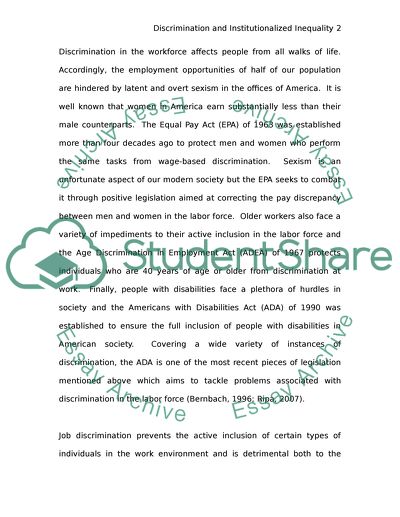Cite this document
(Reverse Discrimination in the Workplace Term Paper, n.d.)
Reverse Discrimination in the Workplace Term Paper. Retrieved from https://studentshare.org/social-science/1564325-affirmative-action
Reverse Discrimination in the Workplace Term Paper. Retrieved from https://studentshare.org/social-science/1564325-affirmative-action
(Reverse Discrimination in the Workplace Term Paper)
Reverse Discrimination in the Workplace Term Paper. https://studentshare.org/social-science/1564325-affirmative-action.
Reverse Discrimination in the Workplace Term Paper. https://studentshare.org/social-science/1564325-affirmative-action.
“Reverse Discrimination in the Workplace Term Paper”. https://studentshare.org/social-science/1564325-affirmative-action.


